Nuremberg on the Pegnitz River
A city in the state of Bavaria in Germany
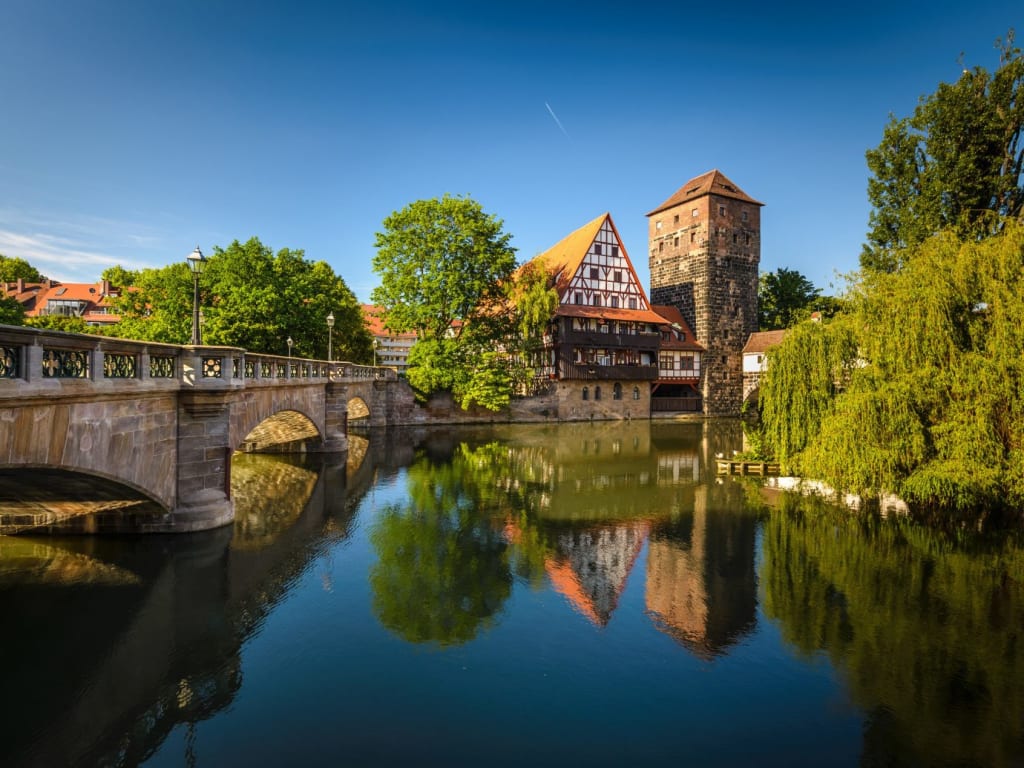
The state of Bavaria is located in southeastern Germany and borders Lichtenstein, Austria and the Czech Republic. There are many wonderful cities to visit and many delightful things to see. Nuremburg is a city known for its medieval architecture, stone towers and incredible castles.
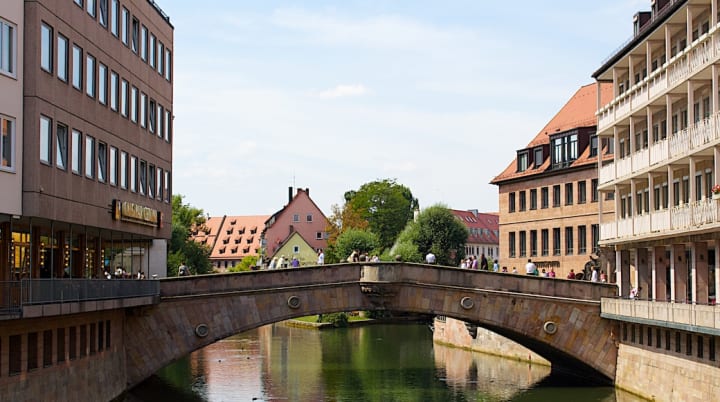
The Fleisch Bridge (“Meat Bridge”) or Pegnitz Bridge is a late Renaissance bridge that has become a tourist attraction. The bridge crosses the Pegnitz River right in the center of the Old Town. It links St. Sebald and St. Lorenz districts along the axis of the main market. This single arch bridge was built between 1596 and 1598.
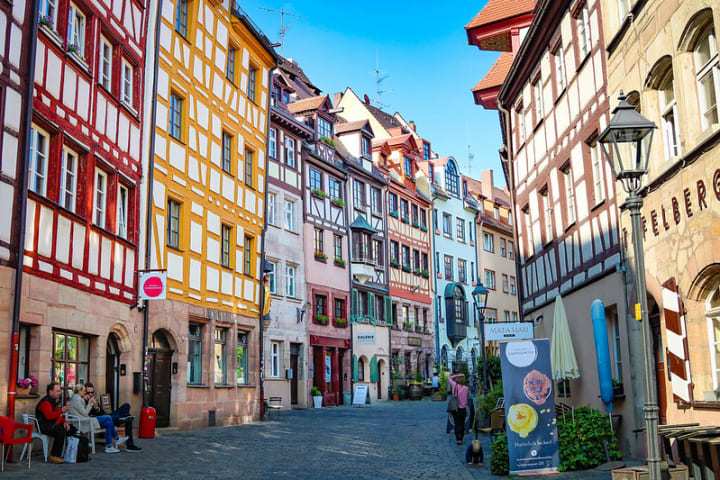
If you want to explore the Old Town the best way is to walk and you’ll get to see the original city walls and sand stone and timber framed houses. This is also the area where you can see the Heilig-Geist Spital which is one of the largest hospitals from the Middle Ages and Kaiserburg, the Imperial Castle.
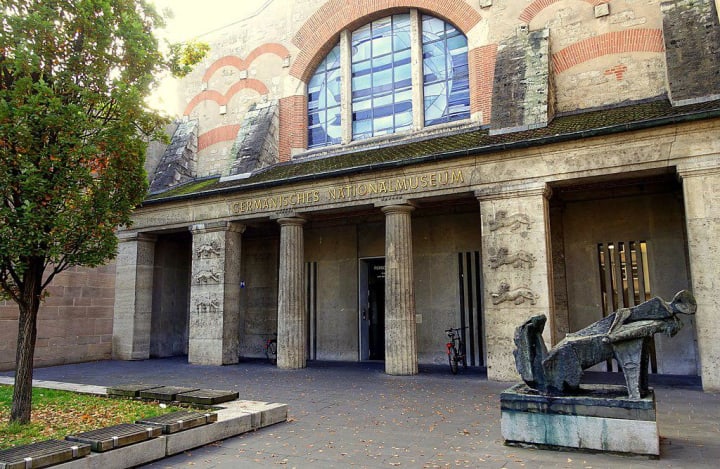
You’ll find the country’s largest German art and culture collection at the German National Museum. This museum has over 1.2 million items which relate to the region’s artistic and cultural history. Other highlights include a collection of 300,000 prints and drawings, paintings that represent all the major schools, historical musical instruments, a sculpture collection and a wonderful display of antique toys and dollhouses.
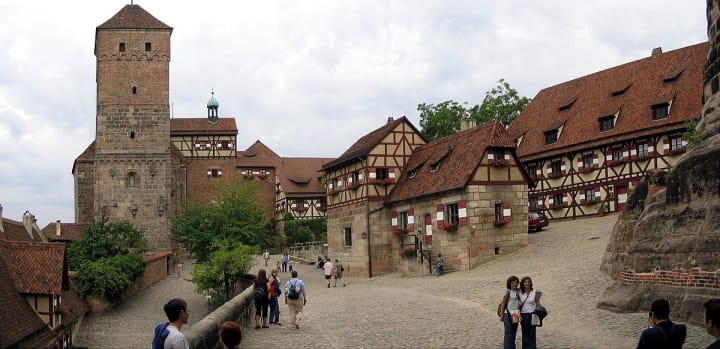
The Castle of Nuremberg is located to the north of the Old Town. This is a large castle which dominates the skyline. It counts as one of the important surviving medieval fortresses in Europe and was once the residence of German kings and emperors from 1050 to 1571. The old imperial stables from 1495 are now a youth hostel. Of interest is also the Pentagonal Tower dating from 1040.
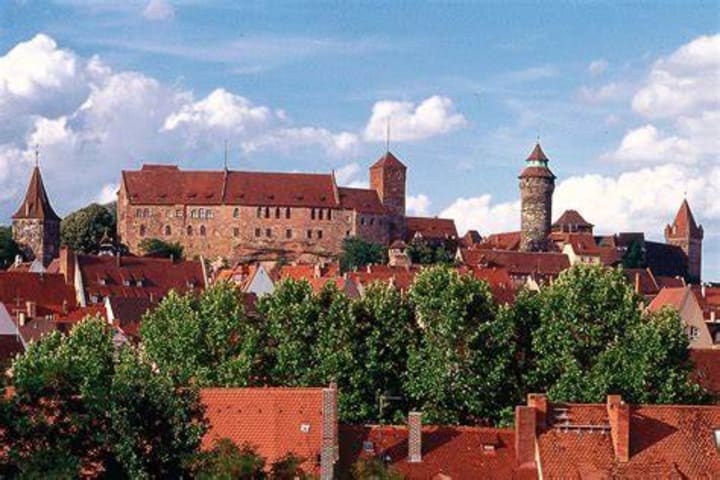
It’s interesting to visit the enormous castle complex Kaiserburg rising above the Old Town. Visitors enjoy touring the residential wing where they can see the Knights’ and Imperial Hall, a Romanesque double chapel and an exhibit on the inner workings of the Holy Roman Empire. The Kaiserburg Museum focuses on the castle’s military and building history.
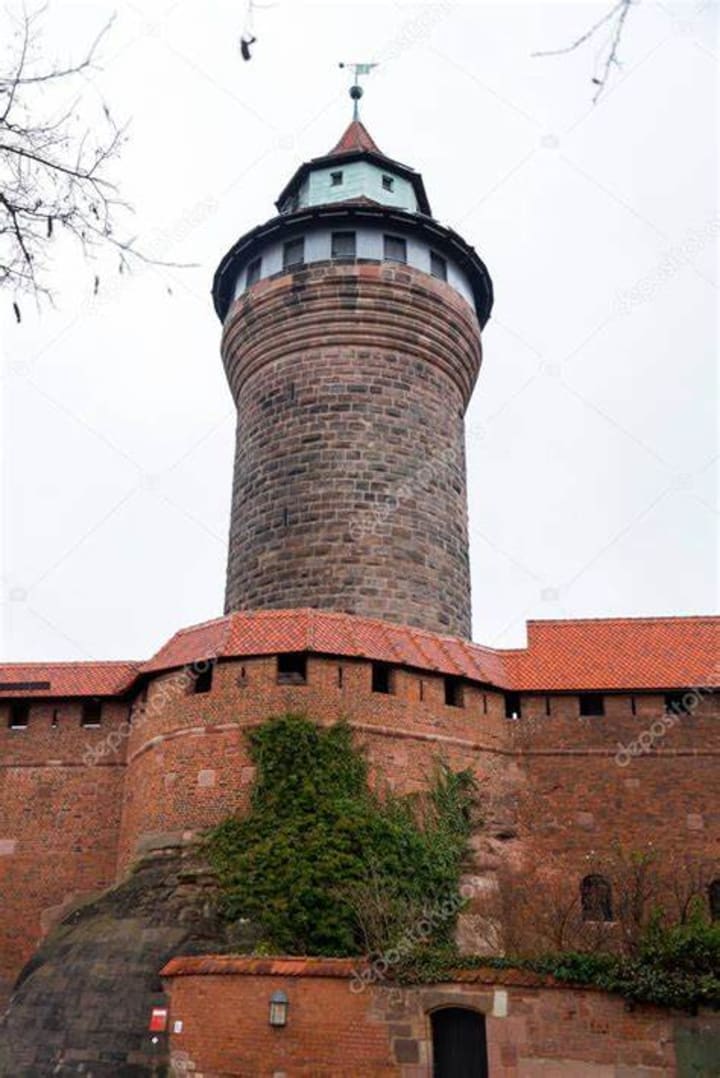
From the Sinwell Tower you can get panoramic views and you can look down 48 m into the Deep Well. Am Olberg is a grassy knoll at the southeast corner of the castle gardens from where one can sit and gaze out over the rooftops of the city.
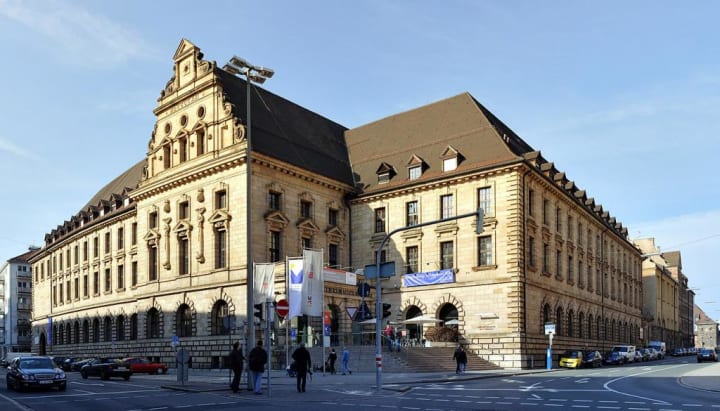
Nuremburg has preserved many of its old city walls some dating back from the 14th – 15th century. Visitors love to explore the many gates and towers. Just outside of the old town walls it the Nuremberg Transport Museum displaying the items related to the country’s railroads. Visitors love to see the numerous scale models and a variety of interactive displays. This is one of the oldest museums of its kind in Europe. Other collections include royal trains, restored steam and diesel engines and a working replica of Germany’s very first train. The museum also offers tourist and charter trips on mainline rails.
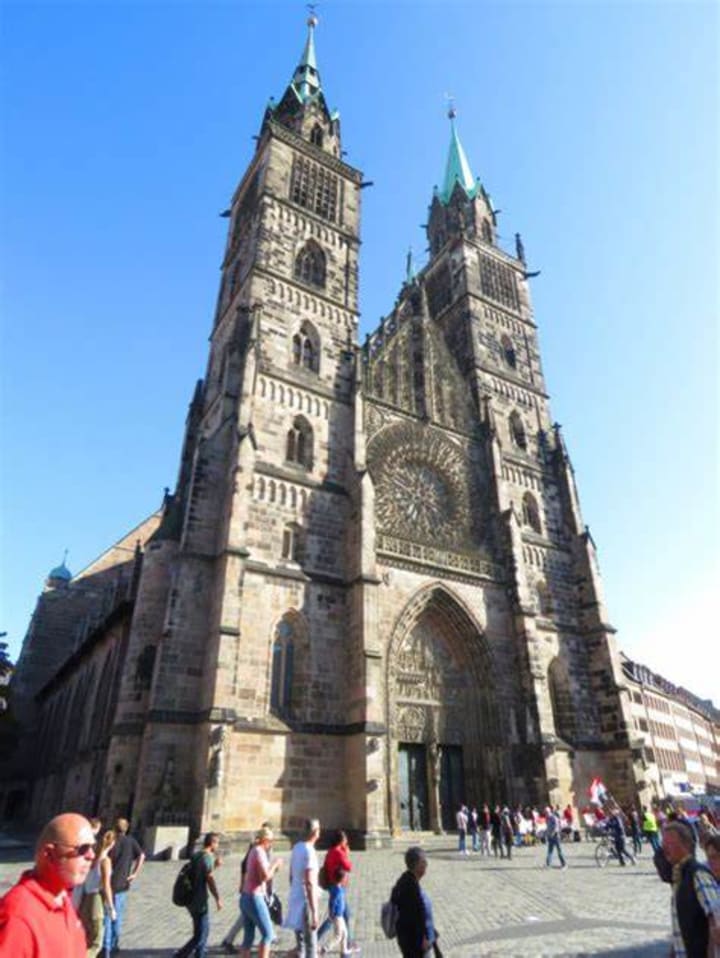
In Lorenzer Platz stands the impressive twin-towered 14th century Gothic Church of St. Lawrence. This is the city’s largest church. Among its notable features is a large rose window, nine meters in diameter, above the lovely west doorway. Inside there are many wonderful artworks including the Annunciation a sculpture by Veit Stoss dating from 1517 in the choir, the late 15th century tabernacle, the crucifix on the high altar, the Krell Altar with the oldest surviving representation of the town and the excellent stained glass in the choir dating from 1477.
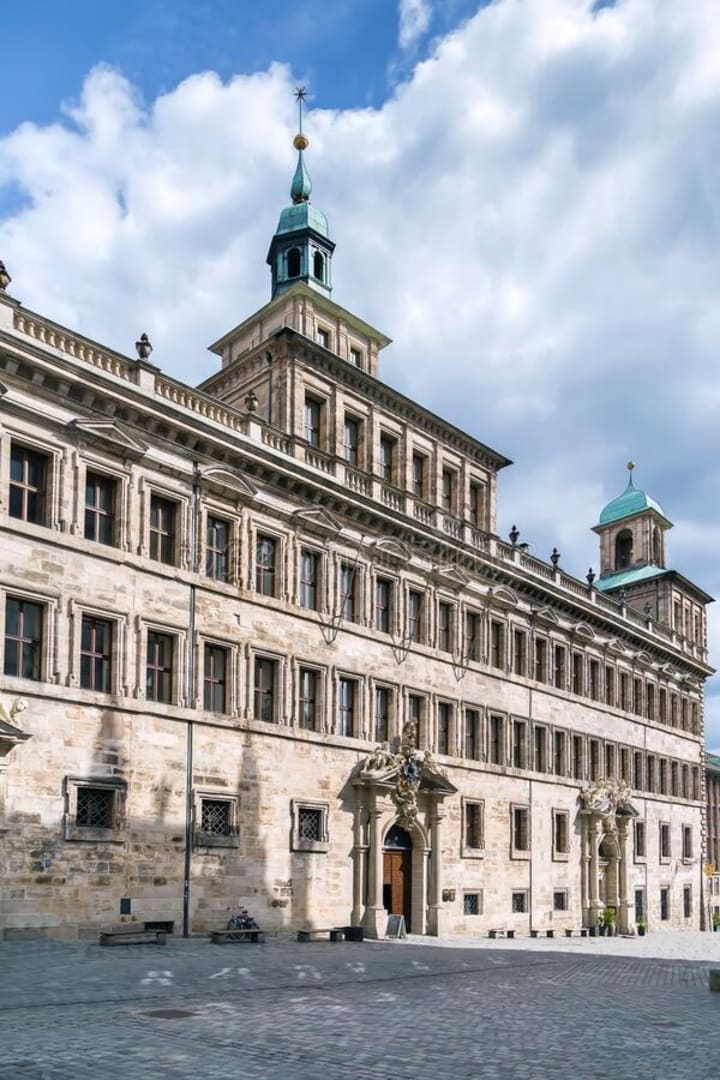
At The Hauptmarkt Square you’ll find the Old Town Hall built in 1616 with its impressive doorways, dungeons and torture chamber. In this square you’ll find the “Beautiful Fountain” with its ornate decorations and figures.
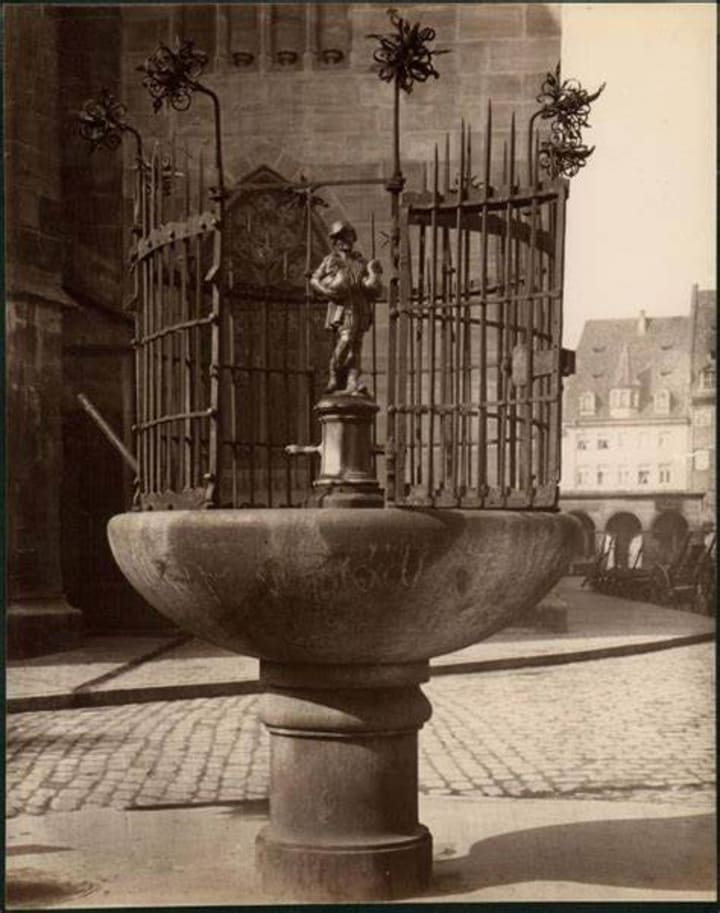
Another popular fountain is the Gansemannchen built in 1555 it depicts a Franconia peasant carrying two geese, with the water flowing from their beaks. This is the place for Nuremberg’s famous Christmas Market which lasts for two weeks and brings millions of visitors. There are festivities and wonderful lighting, Christmas food and gifts.
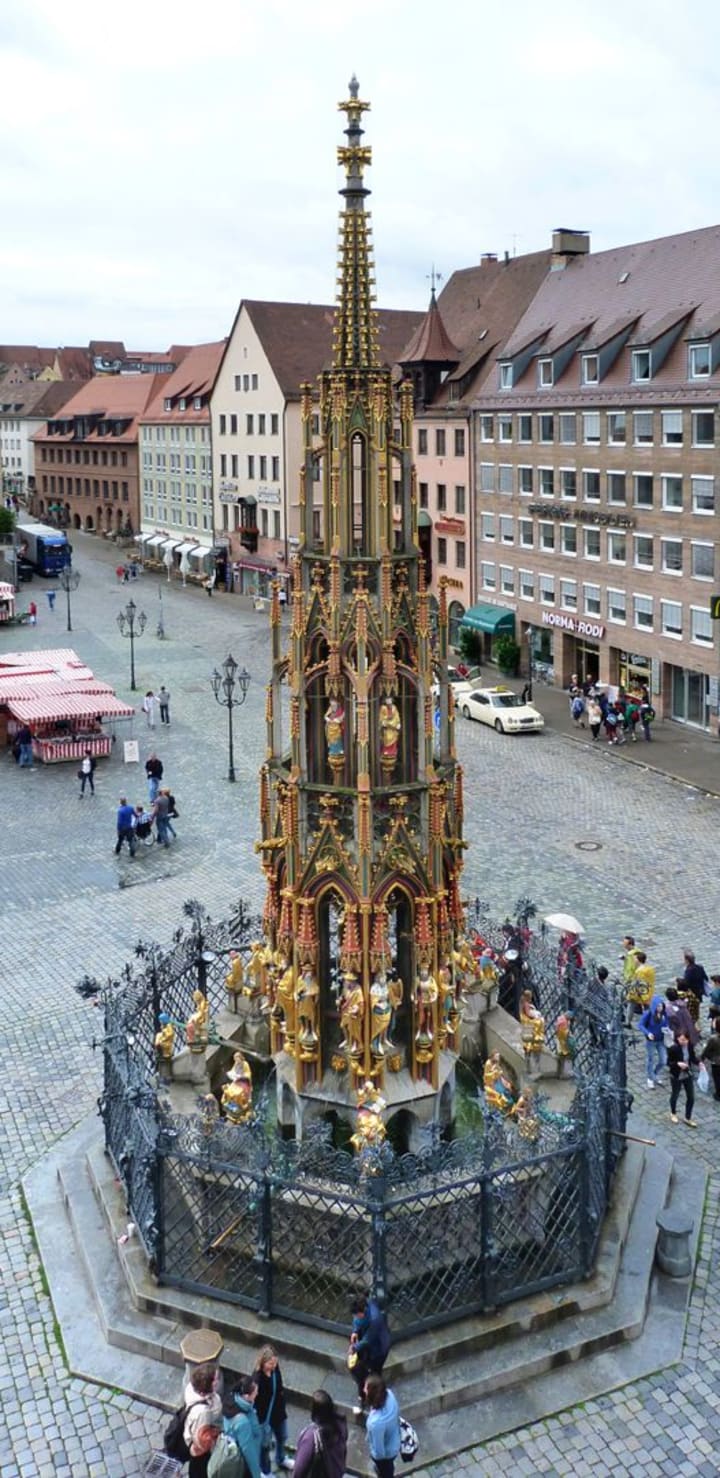
The Beautiful Fountain is the highlight of the Haupmarkt the central market square in Nuremberg. The fountain was designed in the 1380s by Heinrich Beheim, a stonemason and was originally meant to top the Frauenkirche. Once completed residents decided it was so lovely that it should be made into a fountain. Today the original pieces have been preserved in The National Germanic Museum with copies left on display for the public. The fountain is a popular meeting place and stands an impressive 19 meters high and is bedecked in gold. Surrounding the fountain are 42 stone statues depicting allegorical figures, churchmen, electors and heroes. There is a copper ring on the north side of the fence that can be reached and is rubbed by people while turning it full circle and make wishes for the future.
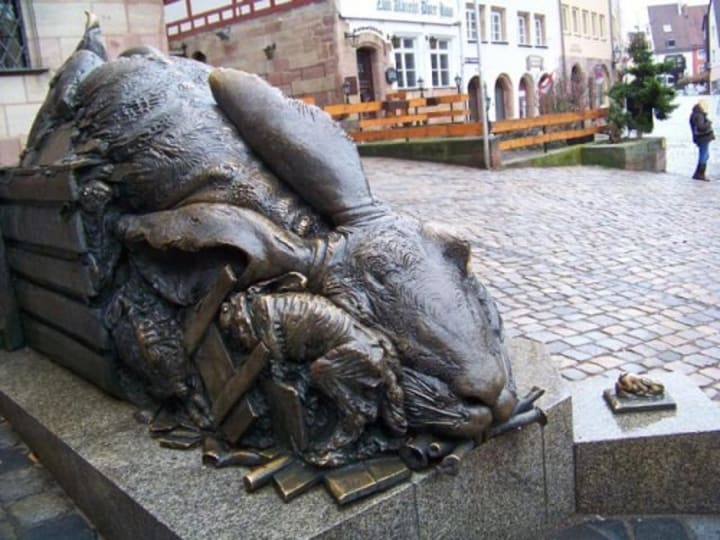
A most unusual statue is The Hare by Jurgen Goertz. It shows a crazed bronze rabbit stumbling and crushing at least one person beneath him. As visitors come out of the castle walls they come face to face with this statue. Actually this statue is an ode to Nuremberg’s favorite son, Albert Durer. This German artist was born, lived and died in Nuremberg. The statue was inspired by Durer’s painting Der Feldhase or The Rabbit.
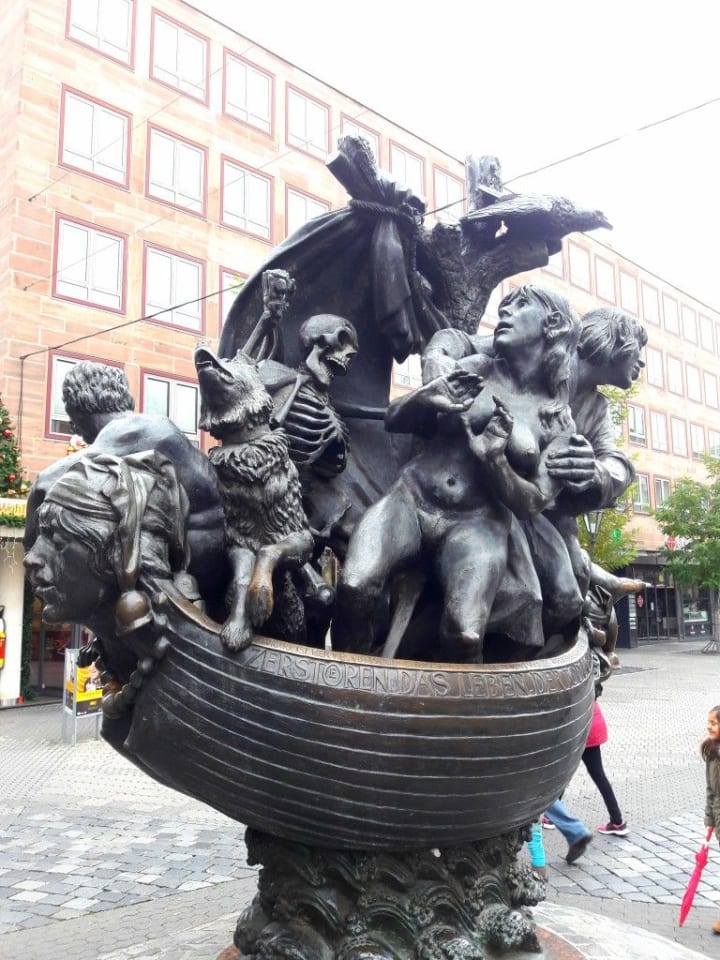
At the corner of Pibenhofstrasse and Bischoff Meiserstrasse you’ll find the sculpture “Ship of Fools”. This is a bronze statue that depicts a boat carrying seven people, a skeleton and a dog. It is based on the popular 16th century book by Sebastian Brant. The sculptor was Juergen Weber using woodcuts created by Albrecht Durer. This most gloomy sculpture shows the expelled Adam and Eve, their murderous son Cain and other violent figures. The scene depicts the destruction of the world.
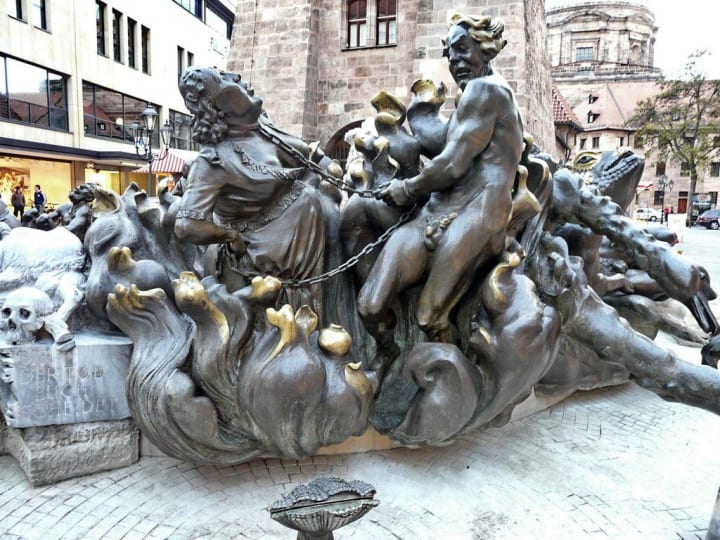
Next to the White Tower at the pedestrian shopping area you’ll find a grotesque sculpture called “Marriage Merry-Go-Round”. This depicts wedded bliss from courtship to skeletons and was created in 1984 by sculptor Jurgen Weber. It is based on a poem titled “Bittersweet Married Life” by 16th century Nuremberg poet, Hans Sachs. This is one of the largest European figure fountains of the 20th century. One interesting thing about this fountain is that it disguises a subway ventilation shaft.
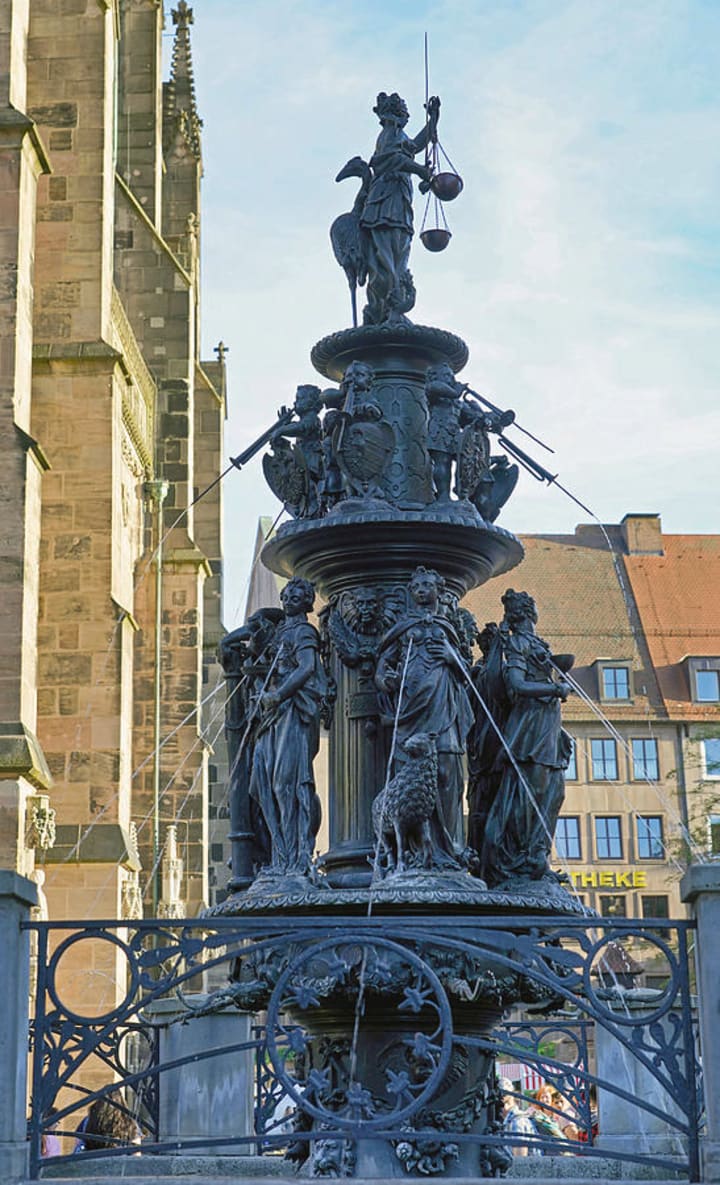
Near the intersection of Konigstrasse and Lorenzerplatz visitors can see the “Fountain of Virtue” dating back to the Renaissance in 1589. Six virtues – faith, love, hope, courage, moderation and patience as chubby cherubs are frozen in flight. Water for this fountain is pumped through each of the figure’s nipples.

The Roman Catholic Gothic Frauenkirche or Church of Our Lady dates back to 1352 and is located in the Hauptmarkt.
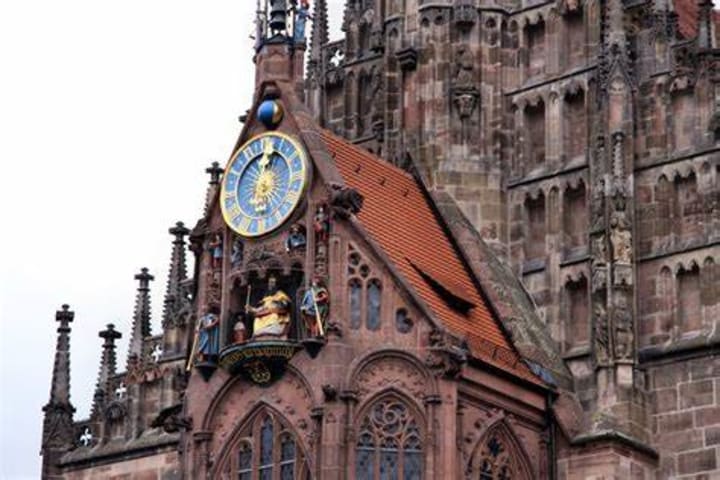
Above the porch besides its rich sculptural decoration you’ll find the Mannleinlaufen, an old clock with mechanical figures that represent the seven Electors pacing around Emperor Charles IV. Visitors can catch the performances every day at noon. Inside highlights include the Tucher Altar from 1440 and two impressive monuments by Adam Krafft.
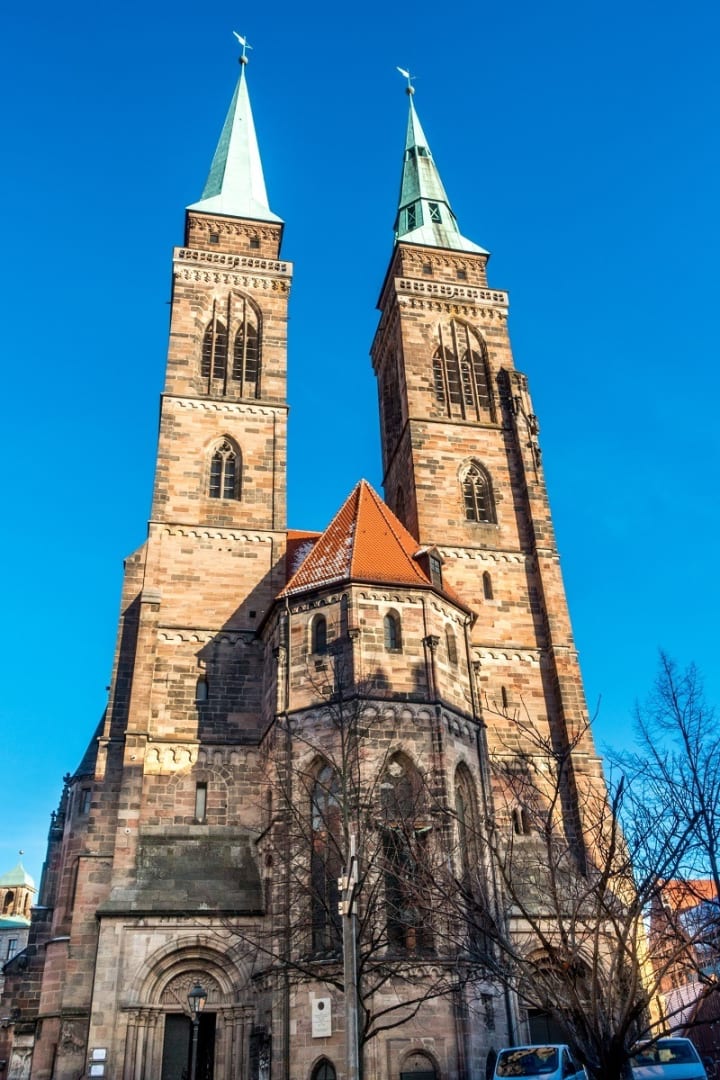
The Protestant St. Sebaldus Church was built from 1225-73 has a magnificent Gothic east choir that dates back to 1379 featuring the Schreyer-Landauer tomb, a masterpiece by Adam Krafft. On a pillar in the north aisle, is the Madonna in an Aureole that dates from 1420, in the east choir is the famous tomb of St. Sebaldus from 1508, a masterpiece in bronze by Peter Vischer and his sons (a silver sarcophagus from 1397 contains the saint’s remains and Vischer himself is depicted with his leather apron and chisel). Other highlights include a Crucifixion group by Veit Stoss that dates from 1507 and a huge organ with 6,000 pipes.
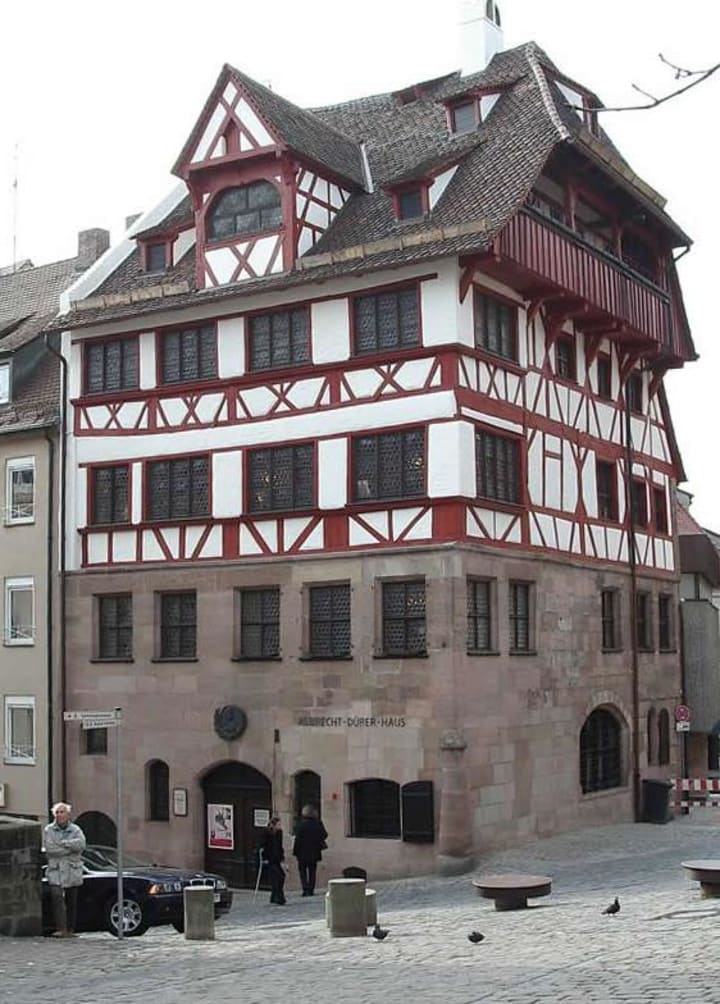
Of interest is the 15th century Albrecht Durer House where the famous German Renaissance artist lived from 1509 until his death in 1528. It is now a museum that is dedicated to Durer’s life and work. Durer was especially famous for his printed maps and the building displays copies of some of his creations.
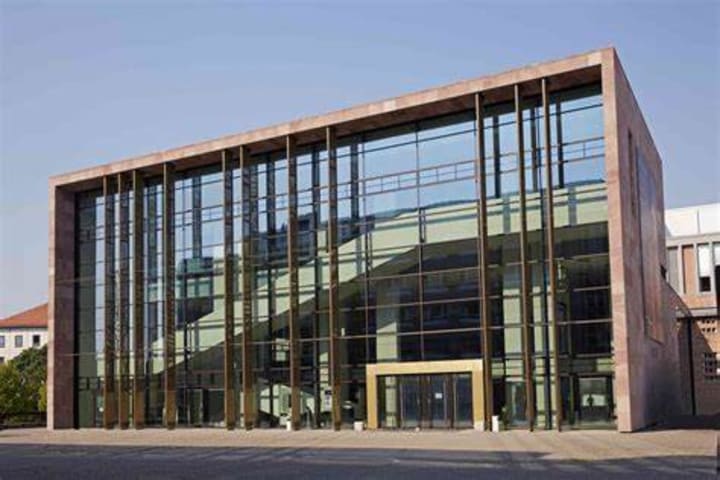
The Neues Museum offers contemporary art and design, with resident collections of paintings, sculpture, photography, video art and installations, as well as travelling shows. The building itself is spectacular with a dramatic 100 m curved glass facade that reflects the stone town wall opposite.
About the Creator
Rasma Raisters
My passions are writing and creating poetry. I write for several sites online and have four themed blogs on Wordpress. Please follow me on Twitter.






Comments
There are no comments for this story
Be the first to respond and start the conversation.